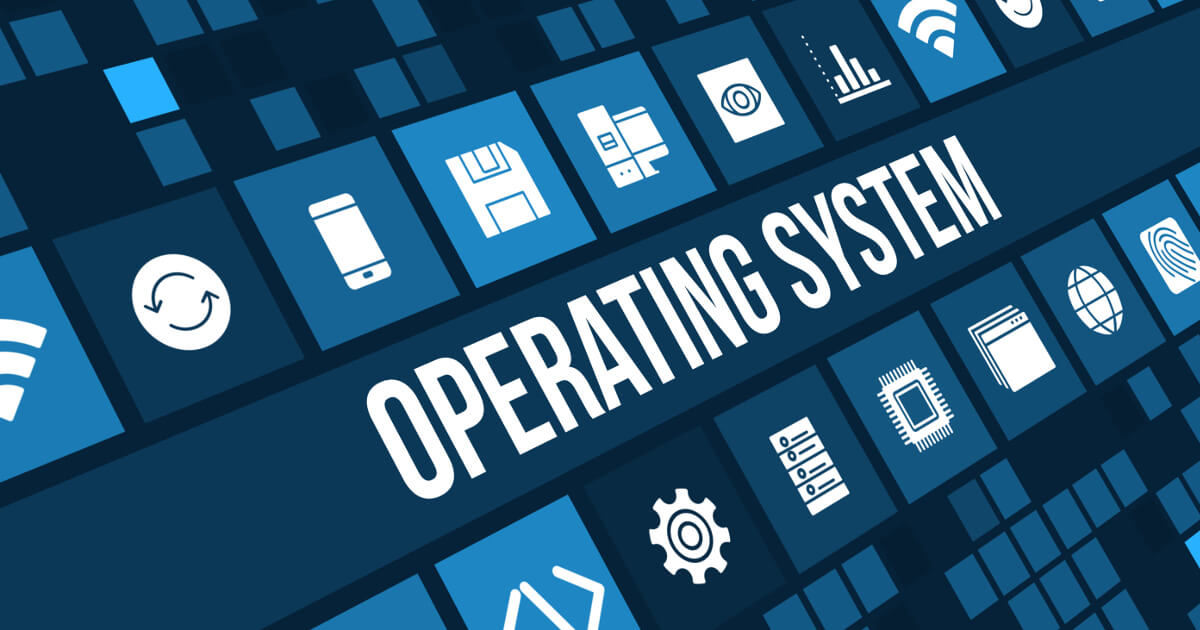The Ultimate Multitasker: How Does an Operating System Work?
With the introduction of Operating Systems in small and as useful as mobile phones, it is crucial to recognize approximately what they are. The information about a working systems feature goes a long way while you use it, mainly for troubleshooting and programming. Imagine this: the human frame has muscle tissue to move, a heart to pump blood into them, an immune gadget to combat viruses, eyes to see skin to touch, and so forth. So, the body is pretty much set to do its task. Of path now not, you will want a mind to function too. The brain is the organ that offers the body orders, accepts the inputs from the frame, and assesses them, doing what’s had to get the task performed and live on. An interesting point here is that easy reflexes are controlled with the aid of the spinal cord. So, some capabilities do not need the mind, figuratively.

In an equal manner, several easy technological capabilities do not require excessive programming. Just a little difficult-stressed-out coding, and you’re set—for instance, an elevator, refrigerator, or microwave. There are just a few repetitive features that these things want to do. Now, consider a mess of such easy functions, coming collectively to perform a larger characteristic. You’ll wish to use any other characteristic/application to run those smaller features. That’s what an Operating System is. You may not recognize the innermost easy ones. However, you understand what is going on on your display screen. It’s the same with a mechanical watch; you don’t know the parts. However, you know the time it takes. The distinction is that plenty greater depends on the working machine, which brings out the need to recognize more about them.
What Makes an OS?
There are some requirements that a machine needs to qualify as an OS (other than having “Windows” or “Mac” in their names):
✦ The gadget desires to carry out a couple of features (now, not always at the same time) to provide the most relevant output to the person as quickly as feasible.
✦ The gadget desires to interact with the user, asking and presenting whatever is required at every step.
✦ The device efficiently hyperlinks the utility software to the laptop’s physical hardware.
Positioned, a PC is vain if it no longer has an OS mounted. It is this system that runs all programs. You may think you control what is going on the display, but it is the OS in there, toiling away to make whatever you advised it to.
You’ll locate an OS on all computers, Apple Macs, smartphones, and special challenge-oriented operating systems that manipulate structures. These days, the different varieties of OS are extensive so that you can select only your most cozy.
What Makes an Operating System Tick?
The OS desires to apply to many areas that will run the computer efficiently.
Device Management
An OS is like an interpreter-plus-goodwill ambassador for two politicians who speak unique languages on the outermost level. The interpreter wishes to supply the dialog between the two in the most accurate way to keep the peace. So, the OS acts identically for the gadget hardware and program software. Neither is aware of how they paint, and the task thus falls to the OS. The OS has to supply the most applicable and unique information to the hardware from the software program and the calculated output again to the software, which is in direct view of the user. This also means managing the version gaps between distinctive applications or hardware.
Memory Management
The OS is also given the important task of aid management. This includes the resources of processor speeds, hardware reminiscence, disk space, etc. It needs to be cautious of not letting reminiscence on any side overlap any other; this could cause information loss.
Application/Device Change Management
The OS additionally wishes to be provided with a regular application interface. This includes a couple of computers that possess equal OS. If you work on something on one laptop, the OS wishes to make certain that it will paint on any other laptop with the identical OS.
User Interface Management
The OS must make the person interface (what you spot on the display screen) as simple and easy as possible. It additionally needs to attend to the look and feel of the interface for the consumer to like it. This also consists of the effectiveness of the user instructions on the applications for them to run as smoothly as feasible.
Types of Operating Systems
There are four sorts of OS that you can use. Choosing one depends on the form of paintings you will perform on the computer.
Single User, Single Task
This OS is desired for easy, repetitive obligations and is utilized in Palm handheld PCs.
Single User, Multi-Task
It is the most common Os you may see around you. It consists of Windows and MacOS as well. It is useful for simultaneously appearing more than one obligation, like surfing the Internet or even taking note of music.
Multi-User
This OS is utilized by a community of users who observe the OS for similar features. Running this kind of OS calls for lots of sources and preservation. Unix is one such OS.
Real-Time Operating Systems
An RTOS does not often have any consumer interface. It is especially used to handle resources within the laptop and no longer depend upon or stop for the user’s input. It works like a completely computerized assembly line that does not need manual interactions.











